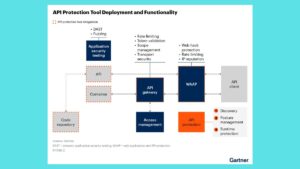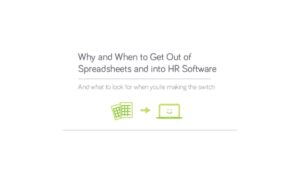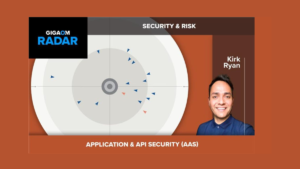HR Technology and Data Security: Protecting Employee Information in a Digital Age


The landscape of Human Resources (HR) is undergoing a significant transformation. Gone are the days of paper files and manual processes. Today, HR departments are embracing a wave of innovative technologies, collectively known as HR Technology (HR Tech). These advancements streamline workflows, automate tasks, and provide valuable data-driven insights for talent management.
However, this digital leap comes with a crucial responsibility: safeguarding the vast amount of sensitive employee information collected and stored by HR. Data breaches involving employee information can be catastrophic, leading to financial losses, reputational damage, legal repercussions, and even emotional distress for employees.
This blog delves into the critical intersection of HR Tech and data security. Here, we’ll explore the increasing importance of HR Tech, the potential security risks associated with it, and comprehensive strategies to protect employee information in this digital age.
The Rise of HR Tech and its Benefits
HR Tech encompasses a wide range of software applications and platforms designed to manage various HR functions. These solutions offer numerous benefits for organizations, including:
- Improved Efficiency: Automating repetitive tasks like payroll processing, benefits administration, and applicant tracking frees up HR professionals to focus on strategic initiatives.
- Enhanced Talent Acquisition: HR Tech platforms streamline the recruitment process, attracting top talent with career portals, skills assessments, and automated interview scheduling.
- Data-Driven Decision Making: HR Tech gathers and analyzes employee data, providing valuable insights into workforce trends, performance management, and employee engagement.
- Improved Employee Experience: Self-service portals allow employees to manage their benefits, access paystubs, and update personal information, fostering a sense of empowerment.
The advantages of HR Tech are undeniable. However, it’s crucial to acknowledge the inherent risks associated with storing and accessing sensitive employee data within these digital systems.
Understanding the Data Security Landscape in HR
Employee information entrusted to HR departments often includes highly sensitive data, such as:
- Social Security numbers
- Banking details
- Medical information
- Performance reviews
- Disciplinary records
Data breaches involving such information can have severe consequences for both organizations and employees. Here’s a breakdown of some potential security risks:
- Cyberattacks: Malicious actors may target HR systems through phishing emails, hacking attempts, and malware to steal employee data.
- Insider Threats: Disgruntled employees or those with compromised access credentials can pose a significant security risk.
- Accidental Data Loss: Human error, such as sending sensitive information to the wrong recipient or losing a laptop containing unencrypted data, can lead to data breaches.
- System Vulnerabilities: Unpatched software or weak security configurations within HR Tech platforms can create vulnerabilities that hackers can exploit.
Building a Culture of Security: The Cornerstone of Data Protection
Mitigating these risks requires a multi-pronged approach that prioritizes data security across all levels of the organization. Here are key strategies for fostering a culture of security within your HR department:
- Security Awareness Training: Develop comprehensive training programs that educate employees on cybersecurity best practices. This should include topics like:
- Password hygiene and the importance of strong, unique passwords.
- Phishing email scams – how to identify them and avoid falling victim.
- Responsible data handling – being mindful when sharing or accessing employee information.
- Reporting suspicious activity – including procedures for employees to report potential security risks.
- Open Communication: Create an environment where employees feel comfortable raising concerns about suspicious activity or potential breaches. This could involve establishing a hotline or secure online reporting system.
- Leadership Buy-in: Ensure senior management understands the importance of data security and actively champions a culture of security awareness within the organization.
Leveraging Secure Technology for Data Protection
HR Tech can be a powerful tool, but its effectiveness hinges on the platform’s security features. Here’s how HR departments can leverage secure technology to safeguard employee data:
- Data Encryption: Store sensitive employee data in an encrypted format. Encryption scrambles data, rendering it unreadable even if intercepted by unauthorized parties. Encrypt data at rest (stored on servers) and in transit (being transferred).
- Access Controls: Implement role-based access controls (RBAC) to restrict access to employee data based on an employee’s job function and level of responsibility. This ensures that only authorized personnel have access to the data they need to perform their duties.
- Regular Security Audits: Schedule regular penetration testing and vulnerability assessments. Penetration testing involves simulating a cyberattack to identify potential security weaknesses that need to be addressed.
- Secure Cloud Storage: Many HR Tech platforms offer cloud-based storage with robust security features like firewalls, intrusion detection systems, and disaster recovery plans. Cloud providers often invest heavily in security infrastructure, offering a more secure environment compared to on-premise servers.





